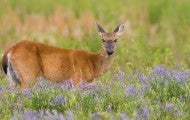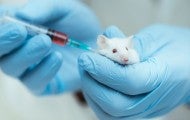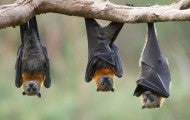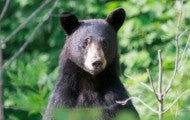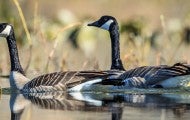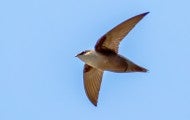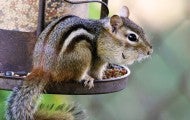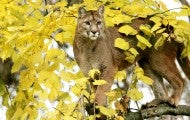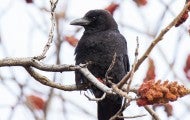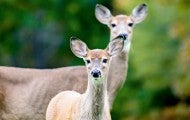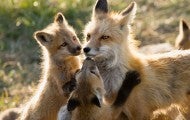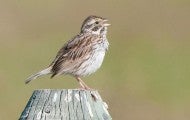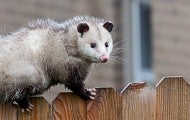For decades, animal welfare advocates have been working to end animal testing for makeup and personal care products. See how far we've come and how you can help support the Be Cruelty-Free campaign, our global effort to end cosmetic cruelty. Read Our Cosmetics Testing FAQ 2024 | 2023 | 2022 | 2021 |...
Update 3/27/19: Dow AgroSciences ( Corteva Agriscience ) has officially agreed to release the beagles to our shelter partner, Michigan Humane Society. We are so grateful to each and every one of you who spoke up and took action to save these dogs. As we celebrate their freedom, our work is far from...
Today, Washington Gov. Jay Inslee signed H.B. 1097 into law. The legislation will prohibit the sale of cosmetics in Washington that have been newly tested on animals. Passage of this law will prevent the cruel and unnecessary use of rabbits, guinea pigs, mice and rats to test cosmetic products if...
Beavers are making a comeback. Nearly driven to extinction by the fur trade, nature’s best architects are now 6–12 million strong in the United States. This return will provide significant benefits to our country’s ecology, which has lost much of its wetlands to development and agriculture. Learn...
As black bear numbers increase in some North American communities and more people move into bear habitat, encounters between bears and people have risen. Whether you live in bear country or are just visiting, you can take simple steps to avoid conflicts. Learn More About Bears (Please note that this...
Rounding up and killing entire flocks of geese has become an all-too-common (and temporary) fix in many communities. Besides being inhumane, this also leaves room for a new flock to just move right in. Geese shouldn’t be killed for doing what comes naturally, especially when long-term, effective and...
Once robust, populations of cougars (also known as mountain lions or pumas) have declined drastically across most of their range in the Americas. The population decline is due to the impact of extensive hunting and predator control, in addition to continued habitat loss and fragmentation. Cougars...
If you spot a coyote in your neighborhood, relax: Most coyotes avoid people. “Seeing a coyote out during the day is not a cause for alarm, especially in the spring and summer when they’re out looking for food for their pups,” says Lynsey White, HSUS director of humane wildlife conflict resolution...
Foxes are omnivores, hunting very small animals and scavenging in cities and towns where freely available pet food and garbage can make life easier. It’s not unusual for a fox to be seen out and about during the day. Learn More About Foxes Foxes are afraid of people and will usually run away when...
There are many different kinds of sparrows in North America. But, the house sparrow—the little brown bird we see hopping boldly on city streets—is the most widespread and most often in conflict with people. In fact, house sparrows are one of the most widespread animals on this planet. Likely this is...
Opossums get a bum rap. Often seen as pests and accused of everything from knocking over garbage cans to killing chickens, these quiet marsupials are rarely a threat and easily sent on their way. Learn More About Opossums Contents What are common problems and solutions with opossums? How can I keep...

